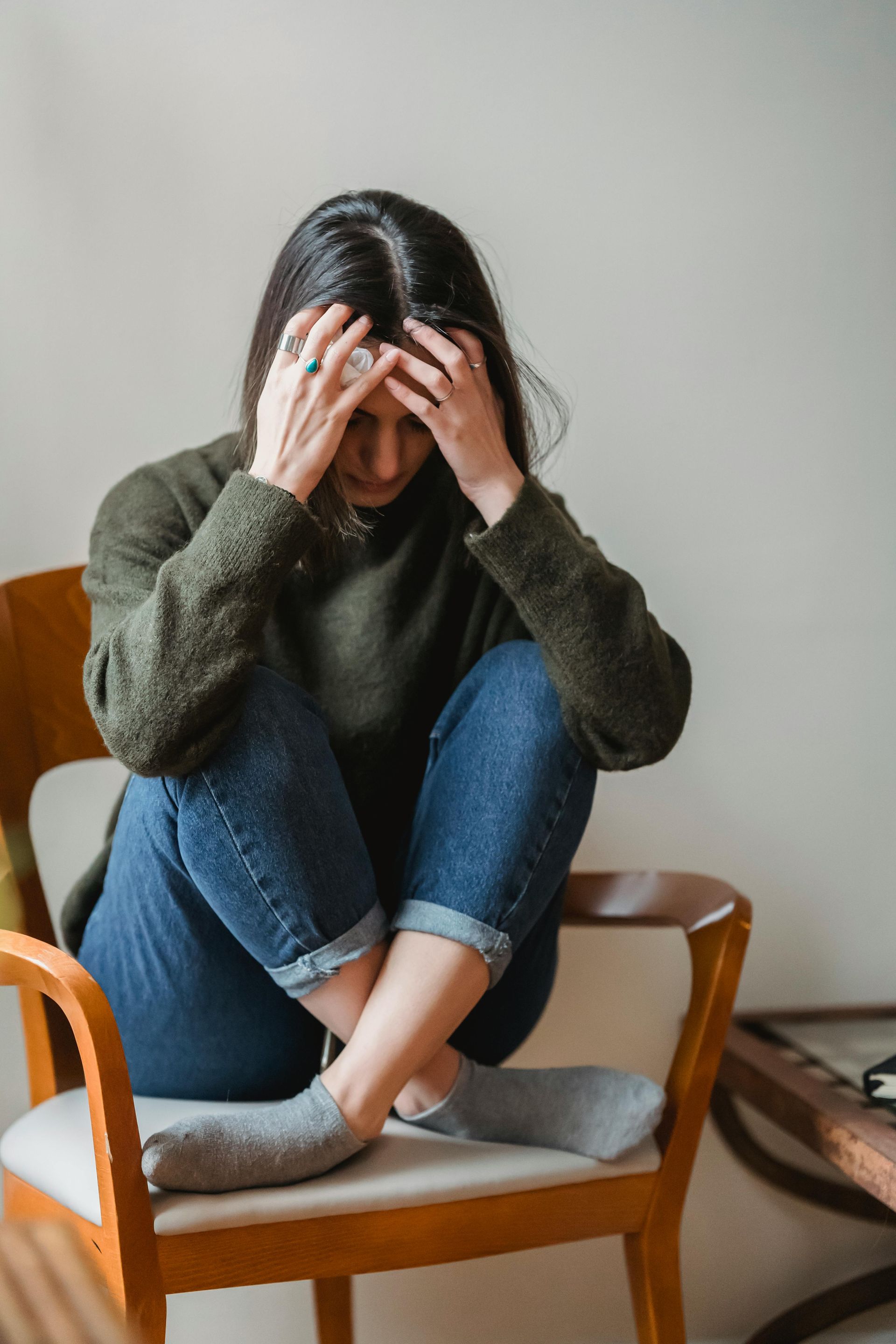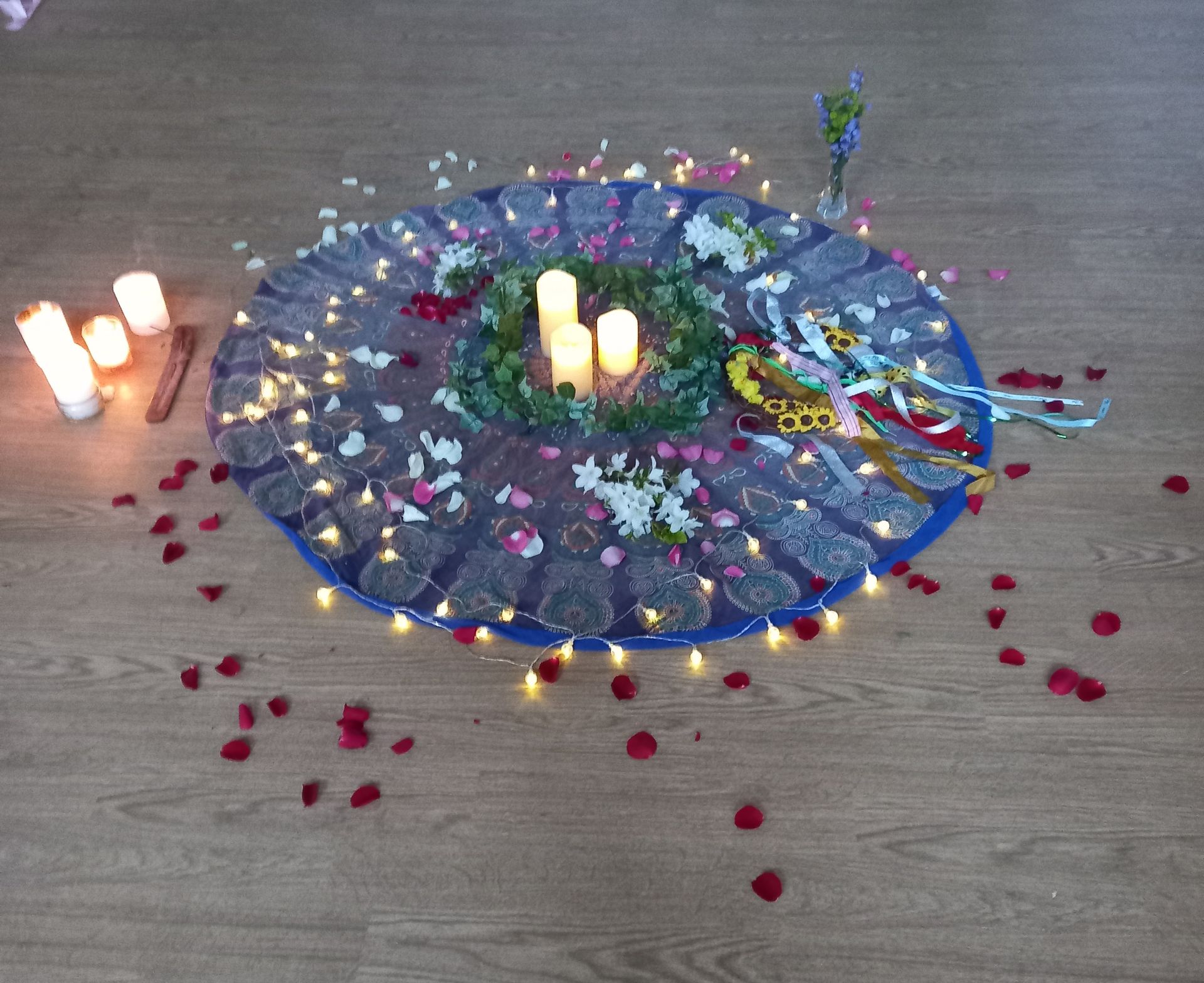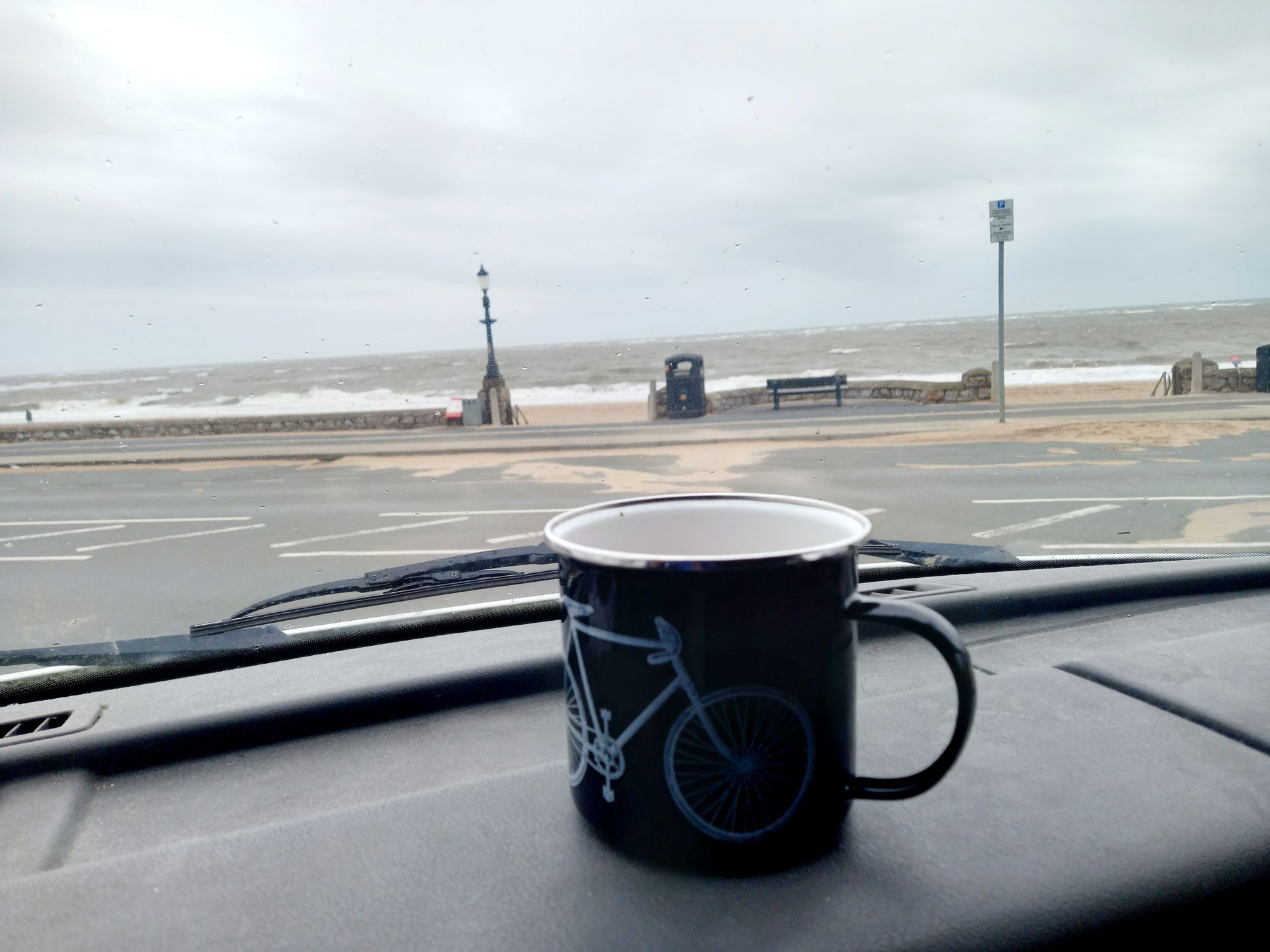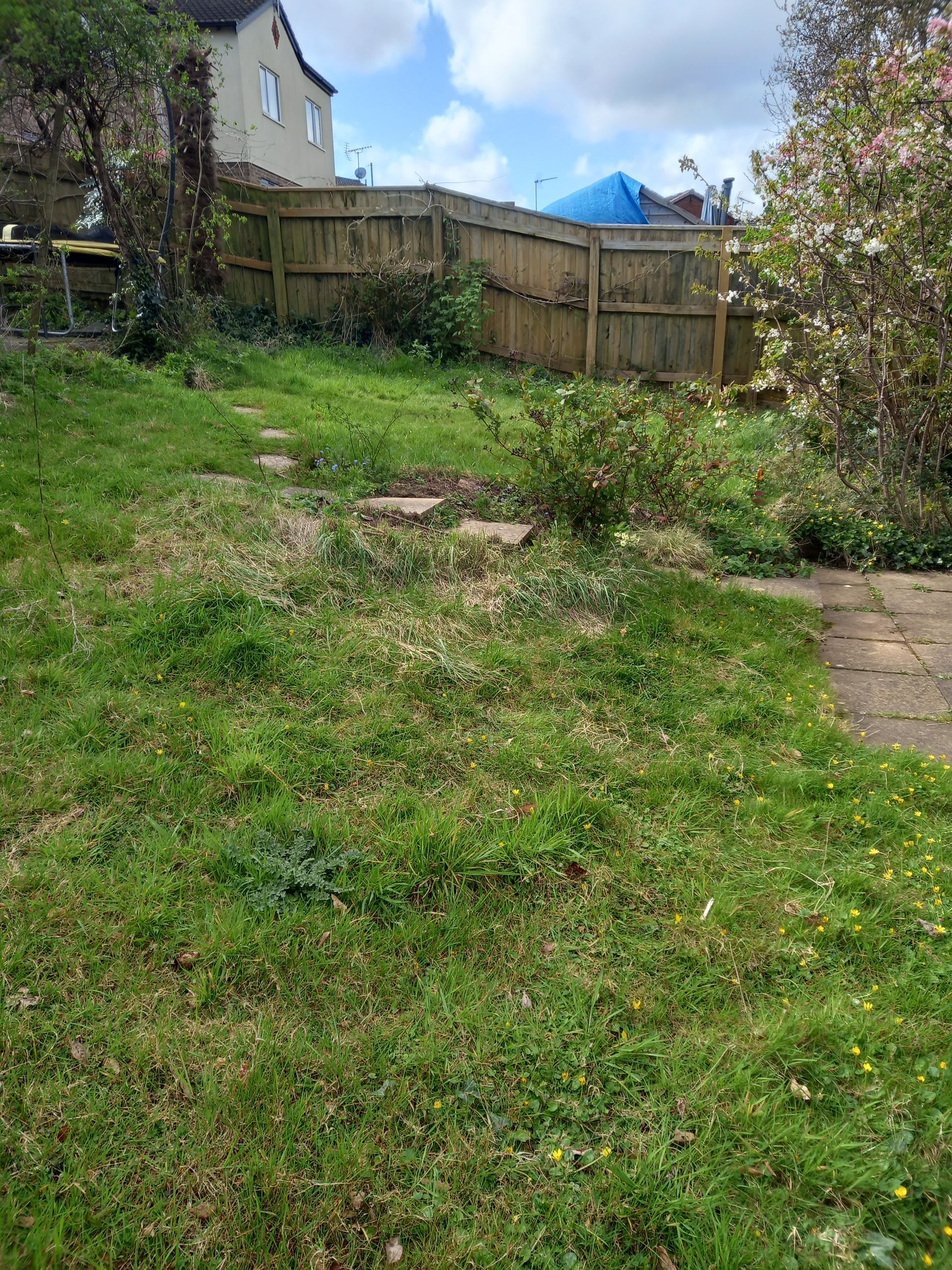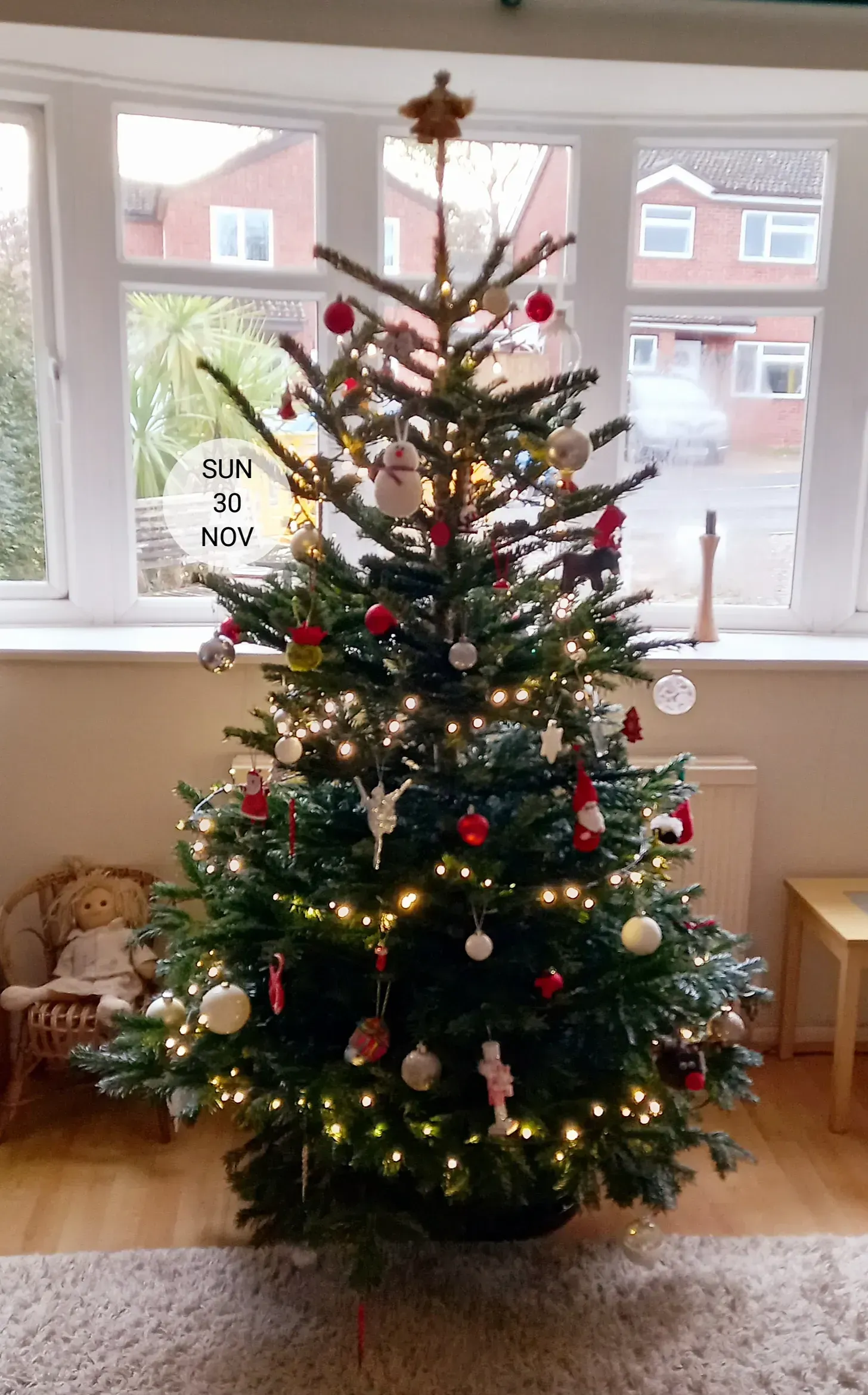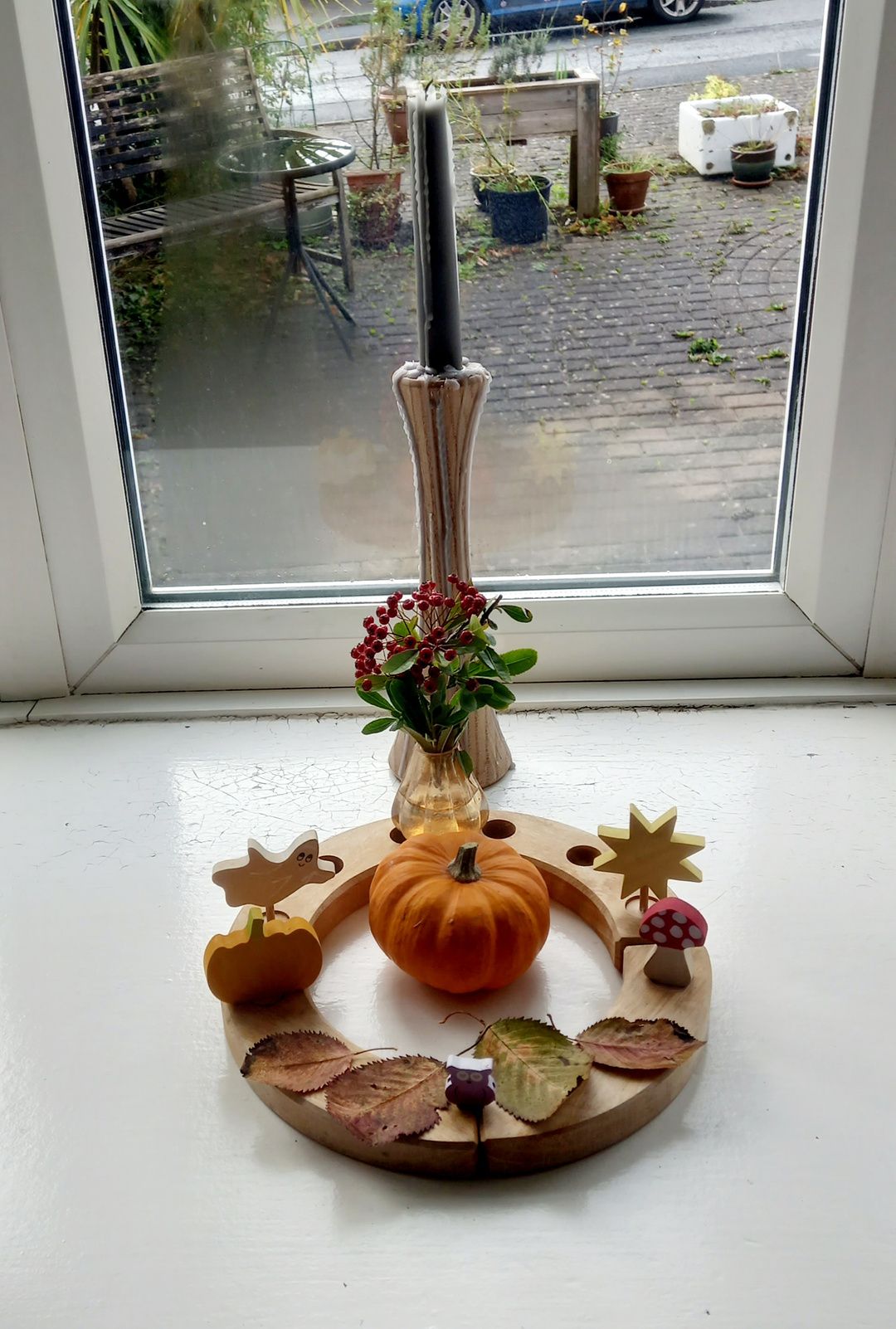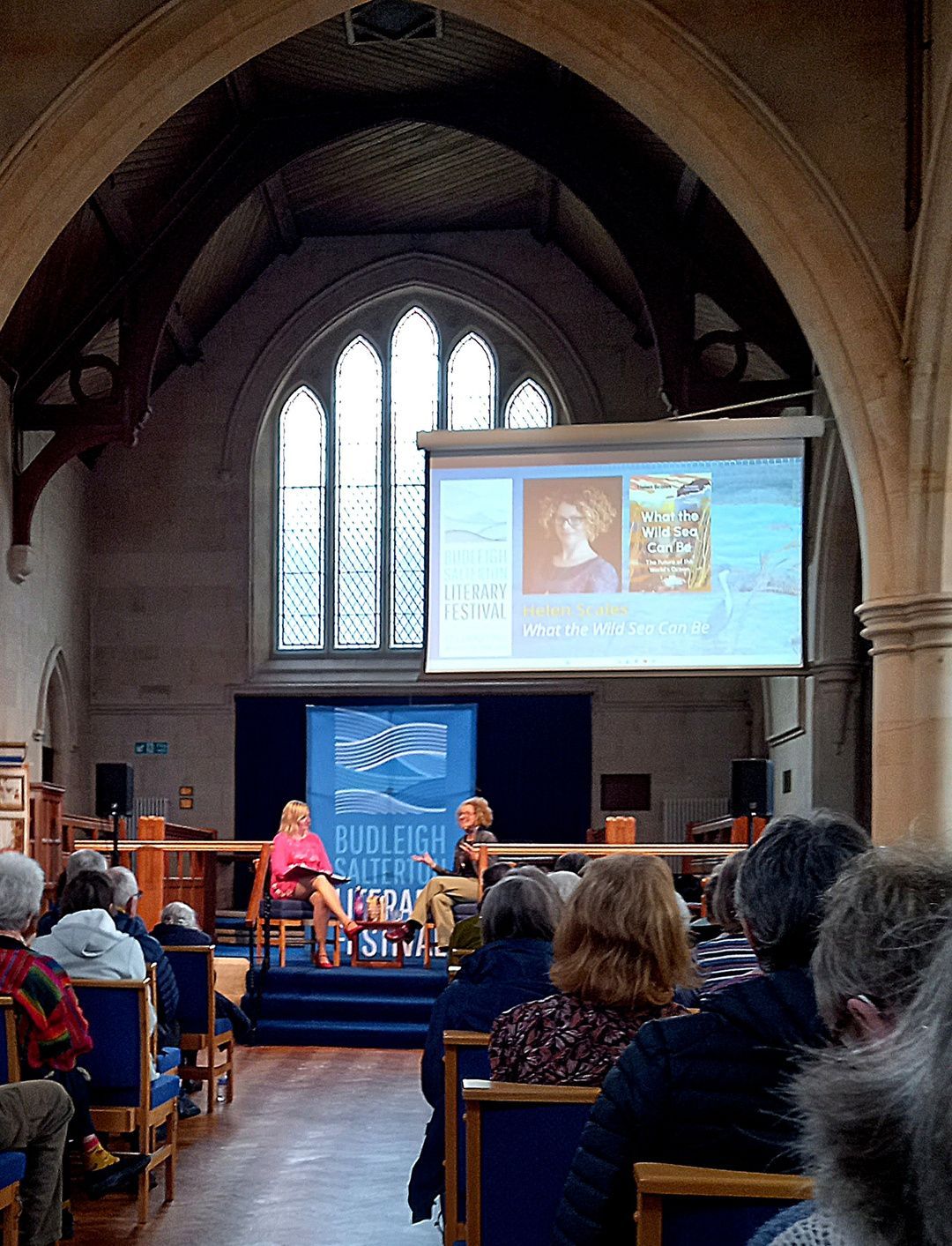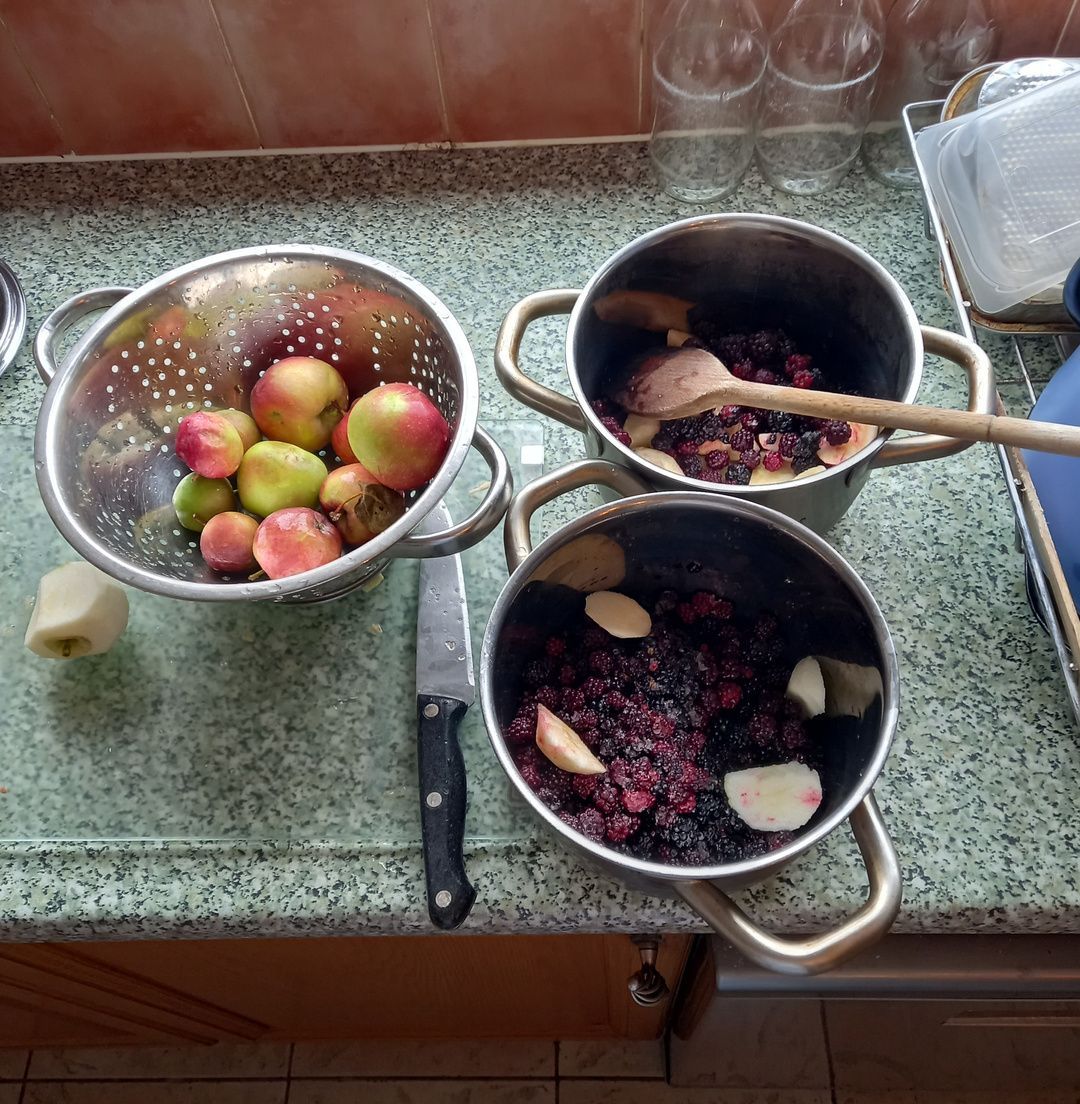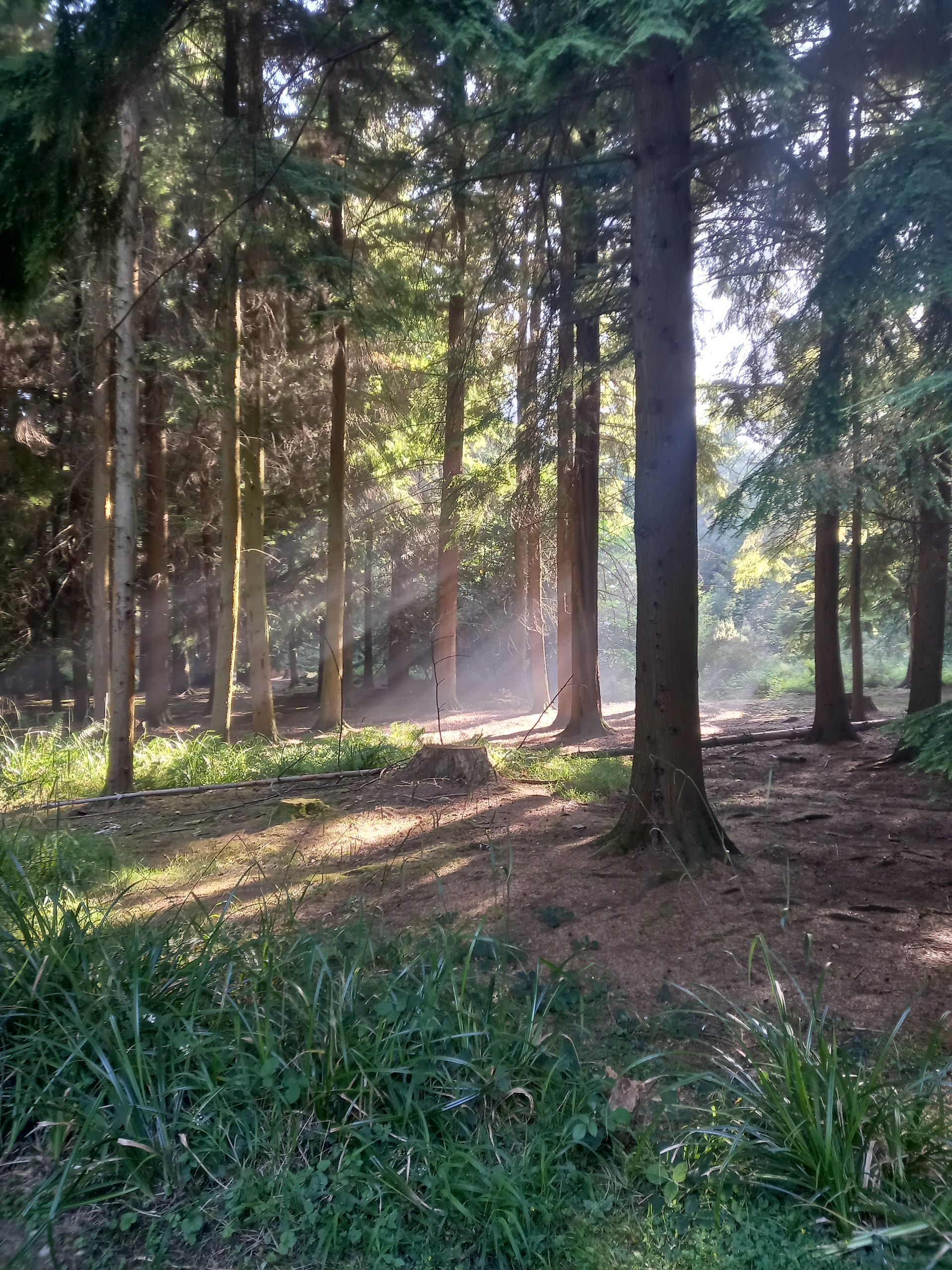Community Hub tackling Climate Change
2nd May 2027
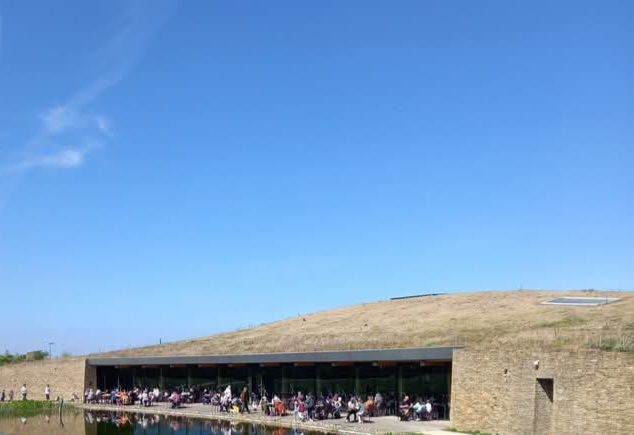
There's this new place, sprung up near to where I live. I say place because I'm not, yet, sure how to describe it. So, I'll try by telling you about a recent visit. It hasn't been without its controversy as many Exmouth residents were adamant that in this difficult, cost of living crisis the only viable option was the proposal by Aldi to build a store there. Conversations got very heated. I think people just couldn't imagine anything different and as there weren't many examples, certainly nothing local, it was hard for people to see that food could come to them in a different way and still be affordable.
Anyway, I digress, the place I want to tell you about is Goodmore's Farm Community Hub. As you can see, it actually has a name but during the proposal and planning stage this name proved problematic as, like I said, there wasn't a clear picture or model in people's mind of what a community hub is or might be. Many just thought, quite rightly, of their financial situation and felt a low cost supermarket was the only answer.
Yesterday morning, I grabbed my reusable bags and headed out the door. Walking to the main road, I noticed how busy it is since the road has been extended - essentially creating a by-pass for the town, running behind my house and past many other residential houses. My heart sunk, it feels like such the wrong decision to have built this road when we so desperately need to convert to sustainable ways of travelling. I tried to focus on the positive as I waited at one of the newly installed road crossings, there used to be none it’s now difficult to cross without them. I wander to the junction and turn into the community hub. What immediately strikes me is the lack of cars, in sharp contrast to the road behind me. Instead there are rows of bike racks and a few people, like me, walking around. The building has been beautifully designed to blend into the landscape. Previously a field, which has been developed with housing to one side in a conventional manner, it really is a triumph that local people lobbied and fund-raised for this area to be fundamentally different. I take a moment to look around outside. Next to the building is the beginnings of what will become a community food forest. The trees, that were planted in the winter, have come on well with green leaves poking out above the tree guards. It’ll be a few years until it becomes productive but then I will be able to come along and pick apples, plums, pears or cherries depending what is in season, as anyone will - all for free. Such an amazing resource which responds directly to both the climate and the cost of living crisis. It will provide healthy food and lock in carbon. The plan is to allow wild plants to grow between the trees enhancing local biodiversity. It’s going to be so good to watch this develop and, of course, eat the first fruits when they are available.
Back to the purpose of my visit, I’m actually here to do my food shop so I head inside the building and take a look around. There is a waft of freshly baked bread as I enter. My stomach starts to gurgle and I head straight to the bakery. Local business Shaldon bakery have successfully been opening shop after shop in the South West. Starting, as the name suggest, in Shaldon and spreading to Teignmouth, Newton Abbot, Budleigh Salterton, Exmouth town centre and now this site on the edge of town. All their bread is made on site and it’s hard to choose what to buy. I settle on a sun-dried tomato focaccia for lunch today and a white loaf that will be good for packed lunches. I take out my two reusable cloth bread bags and the shop assistant pops them straight in. I pay and head to pick up my vegetable box.
I’ve been buying from Riverford for several years now and I’ve opted for the cheaper option of picking up my weekly box from this hub rather than getting it delivered as I used to previously. I usually opt for the 100% UK box in which lots of the produce has been grown on nearby Devon farms. I unpack the box straight into my reusable shopping bags and hand the box straight back to be reused.
My meals this week will be based around the vegetables in this box and I start wondering what I might create with asparagus, potatoes, shitake mushrooms and spinach. Now I know what you’re thinking, how can this type of produce be available for those who need an Aldi store because of it’s cheap food? And you’d be right these products aren’t particularly cheap. The bread is a lot more than Aldi and the vegetables, although good value bought as a veg box, really don’t compare to the Aldi deals on fruit and veg. Of course, it’s not really comparable: beautiful bread, made and baked how bread should be rather than produced in a factory and organic vegetables compared to plastic wrapped, pesticide sprayed produce which is available in Aldi. People can still buy this in the Lidl store that is well established at the other end of this very street. However, how are people going to be able to afford this lovely produce in the community hub? I think the answer is that so much of the other products available are actually free! Obviously, there will be the food forest once it has had time to grow. There is also all the ‘share stalls’ which are dotted around the building. There are free books, clothes, seeds, plants and a community fridge. All the items are donated by people who don’t want them. This might be a book they’ve read, an item of clothing their children have grown out of, seeds collected from their garden or plants they don’t need. I spend ages looking, wishing I’d picked up my vegetables last as those potatoes start to weigh down on my shoulders! I pick up a couple of novels (one for me and one for my 18 year old daughter), a new to me jacket, some beetroot and sweetcorn seeds and a tray of lettuce – all for free! Now I wish I’d bought some kind of shoppers trolley with me (maybe next time) and decide to head to the community café to get some nourishment before I head off.
Overlooking the newly planted food forest this café is so inviting. There are tables if you want to sit alone and others labelled ‘chatty tables’ where people can sit with others - people they probably don’t know - and have a conversation. To be honest, I’m not in a very talkative mood so I opt for a small table by the window and sip my tea with oat milk and my plant-based cookie. So cheap, a fraction of what you would normally spend as there is no need for this café to make a profit, they just need to cover costs. It’s run by volunteers and I already start wondering if I might be able to offer a few hours when my youngest fledges the nest for university in September. While I’m soaking up the atmosphere, it feels so restorative for people to be able to come here and socialise if they want, I notice a poster for a bus service and remember there is a bus that serves the area, replacing the need for everyone to drive their car here and meaning what would have been a carpark is actually the site of the food forest. I might hop on the bus home, if all of the things I’ve got prove to be too heavy! There are also posters advertising the library of things which I haven’t yet looked at. It’s exactly what it says, a library of things rather than books. Again, it's free, run by volunteers and with donated items. There literally is everything except the kitchen sink from DIY tools to camping equipment and even a chocolate fondue! Definitely somewhere I’m going to use in the future. It will eventually save me money as so many of the items in my house, such as drills and my paper shredder, will not need replacing once they no longer work. I’ll just borrow them instead.
I also notice there is a repair area open at the weekends, where you can bring along electrical items, clothes etc which need repairing. There is also a workshop next week in which you can learn some basic repairs. Again, all for free run by volunteers, some of whom are probably retired people but I know the idea of this hub is to cut people’s expenses so much that as a community we don’t have to work in an employed role as much and can instead have time to volunteer our skills alongside our paid work. It’s an ambitious vision but one I love! We are currently so locked into the capitalist system, with people having to work so hard for the things they need to buy. Could this actually be the answer to the wage-slave lifestyle? As a population, we are consuming so much stuff that we are having to work so hard for and it's directly impacting on the planet, making it less habitable for humans and so many of the other species we share it with. I guess time will tell, but I am feeling hopeful!
Before I leave, I visit the main food shop area. It’s a food cooperative which looks like a regular retail store (though nicer) and with a distinct lack of plastic! Members of the public have the option of purchasing a membership (on a sliding scale) that will yield discounted prices on food, as well as a vote on decisions. This sounds like my cup of tea! I take a look around and am really impressed with the range of products and the prices. Again, this is run entirely by volunteers, not to make a profit but to provide healthy food to my community at an affordable price. The co-op buys a lot of it in huge 25kg bulk paper bags which are then displayed in large jars and customers just buy what they need. Customers are encouraged to bring their own bags or containers but, as I forgot today, I buy some rice and pasta in the paper bags available. These cost a few pence, so note to self to bring my own next time to save on money and planetary resources. I will just keep some jam jars once they are empty, wash them out and bring them.
So, laden down I head back to the main road and decide the bus is the best option to get home. There is one every 10 minutes and I stand next to a few other people waiting for the next one. Suddenly I feel chatty, after all the inspiring things I’ve seen. It feels like a very different way to shop and, even, live. I chat to some of my fellow bus passengers and before I know it the bus is here! For a nominal fare (due to funding from the new government bus tax which is beginning to replace car tax) I get dropped near my door with a big smile on my face, a satisfied belly and a feeling of excitement to return to the community hub again soon – never have I felt like this when I’ve visited a supermarket!
Systems need to change, it can’t come quickly enough and the Goodmore's Farm Community Hub is a sustainable, affordable and enjoyable way to provide food for the community. Maybe one might spring up near to where you live soon. It’s time to stop accepting the same old, business as usual approaches. So, maybe when you get a flyer through the door for yet another supermarket you might do what the people of Exmouth did and demand something different.
The photo is actually of the amazing Gloucester Services. Unfortunately, I couldn't photograph Goodmore's Farm Community Hub as it only exists in my imagination. This piece of writing is a Thrutopian blog post set in the year 2027. It's a vision of how I can see humans getting through the climate and biodiversity crisis. I think this is a better way to live than how we are living now and would help towards keeping the planet habitable and build community at the same time. However, Aldi actually do want to build on this site and have put in an application for planning permission. This would be the complete opposite of my vision for a sustainable future. If you want to comment on the application go to the East Devon District Council's Planning Portal. The consultation expires on Wednesday 30th July 2025.
Thank you so much to the incredible people who support my work on Patreon. Together we can make the world a better place.
